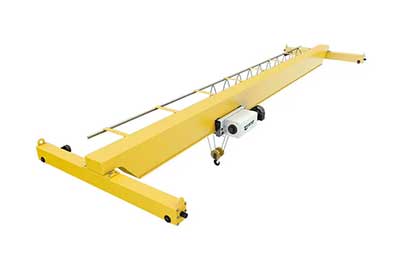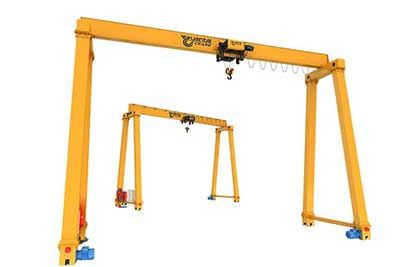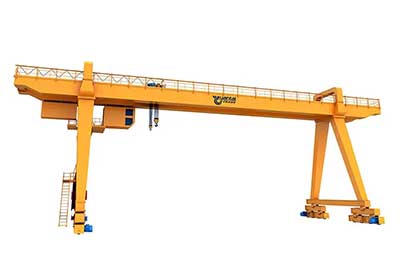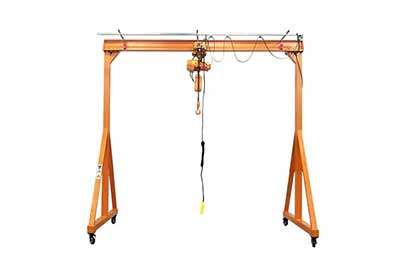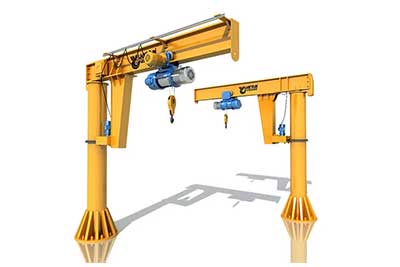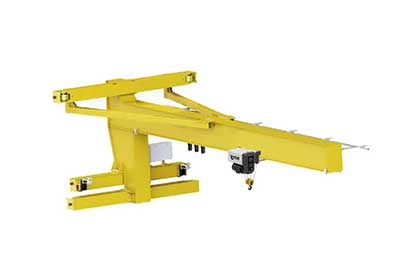Overhead Crane Sourcing Tips to Buy Bridge Crane
When selecting Bridge cranes, users will initially be perplexed by the overall process. You'd have no idea what to pay attention to and what to ignore. This could have an effect on the entire Bridge cranes implementation process. Several issues could arise. For example, you may select the incorrect provider, or you may overpay for Bridge cranes and later regret it. If you do not select the best crane providers, you may encounter a number of maintenance issues. To avoid these issues, you should be aware of what to look for when you first inspect your Bridge cranes.
Understand Your Needs
You must first ensure that you are fully aware of your requirements. You cannot find the best fit for your needs unless you thoroughly understand your requirements. Only by searching for the best providers based on their ability to meet your objectives will accurate profile matching occur. How much expertise would the bridge cranes supplier bring? Have they been serving a wide range of customers' needs in this market for a long time? Learn more about your vendor's overall experience because only experts will be able to match your needs in the most cost-effective and economical way.
Post-installation Support
Will your crane company provide post-installation support? When installing a Bridge crane, you take on a lot of responsibility. You must form a long-term relationship with your provider because this is not a one-time transaction. If your crane provider does not provide post-installation support, you will need to find a new crane repair company to handle your ongoing service, repair, and maintenance requirements. It would be ideal if your provider could also handle these requirements because they are the most knowledgeable about the machinery they have produced. Choose the best Bridge cranes vendors and manufacturers on the market, and then communicate your requirements to them. To help you make a decision, ask your crane manufacturer for an estimate.
Credibility
During the preliminary screening process, the credibility of the provider must be considered. You cannot guarantee high-quality Bridge cranes unless you work with a reputable provider. Building a solid reputation in this industry takes years of hard work and consistent delivery of high-quality Bridge cranes. During the initial screening, you can identify the best providers by focusing on the company's reputation. Take your time researching suppliers rather than rushing to find them. Only by taking the time to look at and filter as many vendors as you require will you be able to address all of your needs in the most cost-effective manner and obtain the highest quality Bridge cranes for your business.
Load Requirements
Crane and hoist manufacturers must be aware of the object that will be hoisted with the crane. This includes dimensions, weight capacity, surface qualities, design consistency, material, structure, and delicacy. Describe how the load will be handled in terms of its condition, including whether it is dry, dusty, greasy, or any other. It is also critical to consider whether the crane and hoist will be required to carry a variety of loads. Depending on how different one weight is from the others, there may be more than one suggested overhead lifting and transporting solution.
The Operating Environment
Temperature, hazardous conditions, dust, humidity, moisture, chemicals, grease, fibers, corrosive agents, and other factors can all pose unique challenges when using cranes and hoists indoors or outdoors. Based on where you are installing the apparatus and its application, a specific crane and hoist configuration may be suggested to improve durability and service life.
Life Span
Regular inspection is required to ensure that cranes and hoists operate properly and consistently over their service life. When building and configuring a crane and hoist, it's critical to consider how frequently the parts will be used between maintenance, repairing critical parts, and upgrading the overall system.
The Cost
Even while it could be tempting to select the crane and hoist solution with the lowest price, there is a good probability that the system in question was not specifically designed to meet the needs of the customer. Although a correctly built system is unlikely to be the least expensive, it will have a higher likelihood of surviving longer with fewer operational issues, less maintenance, and a higher level of safety. All purchases of machinery and equipment come with additional costs in addition to the purchase price. Be sure to factor in installations, replacement parts, maintenance and support, implied warranties, and the required level of customer care teams' issue response when figuring up the equipment's total cost.


